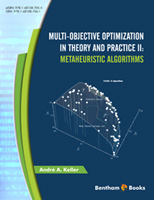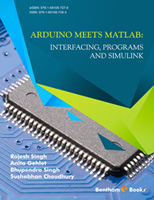When I began my research in multi-robot systems over two decades ago, I had many discussions with prominent roboticists who thought that it was preposterous for anyone to attempt work on multi-robot teams. “Why explore multiple robot teams when we don’t even yet understand how to build a single intelligent robot?”, some said. Others said: “We will never use more than one autonomous robot for challenging applications such as space exploration – it is just too hard.”
Clearly, time has proven these naysayers wrong. Robot team capabilities have now evolved from swarms of homogeneous agents that exhibit emergent group behavior to heterogeneous teams that intelligently exploit the unique competences of each team member. The potential of these robot teams has been successfully demonstrated in many laboratory and real-world applications around the world. In fact, the advances in multi-robot cooperation have been so dramatic in the past decade that many aspects of multi-robot control are now nearly solved problems.
Of course, the story does not end there. Progress in the domain of multi-robot teams has led to a new frontier – a world in which robots no longer work only with other robot teammates that are in close proximity. Instead, these latest robots are now beginning to interact with each other, with humans, and with their environments, using the power of the network. These networked systems of interacting entities can take advantage of information not only in close physical proximity, but also information that is within networked communication proximity. This opens up a broad spectrum of new possibilities for networked humans, robots, and environments. In effect, the network extends the knowledge and reach of the individuals in the system, enabling them to have a more wide-reaching impact on the space in which they operate, and to have increased situational awareness of their surroundings and of the entities that share that space.
The research community has recognized the importance and potential of networked humans, robots, and environments, evidenced by the numerous research projects, workshops, symposia, technical committees, and special issues devoted to this topic over the past decade. This is a quickly growing community, ii which is achieving both theoretical and practical advances in the field. We now have examples of networked entities working together in outdoor urban environments, in home and office spaces, and in medical applications, just to name a few. Clearly, progress is being made.
Achieving this progress, however, requires answers to many new research questions regarding the networking of humans, robots, and environments, several of which are addressed in this book. First, what are the opportunities presented by networked robot systems (Ch. 1)? How do we model and design spaces that include networked humans, robots, and environments (Ch. 3, 7, 8, 9)? How should the networked sensors and robots interact (Ch. 2, 4, 5)? How should the network itself be designed to facilitate this interaction (Ch. 6)? How do humans interface with networked robots (Ch. 10, 11)?
This book presents interesting ideas for addressing these questions, and sheds light on new opportunities in this realm. While much remains to be studied, this book makes important advances that help us to better understand how to achieve highly productive, networked interactions between humans, robots, and environments.
Lynne E. Parker
Computer Science University of Tennessee
Knoxville
USA





